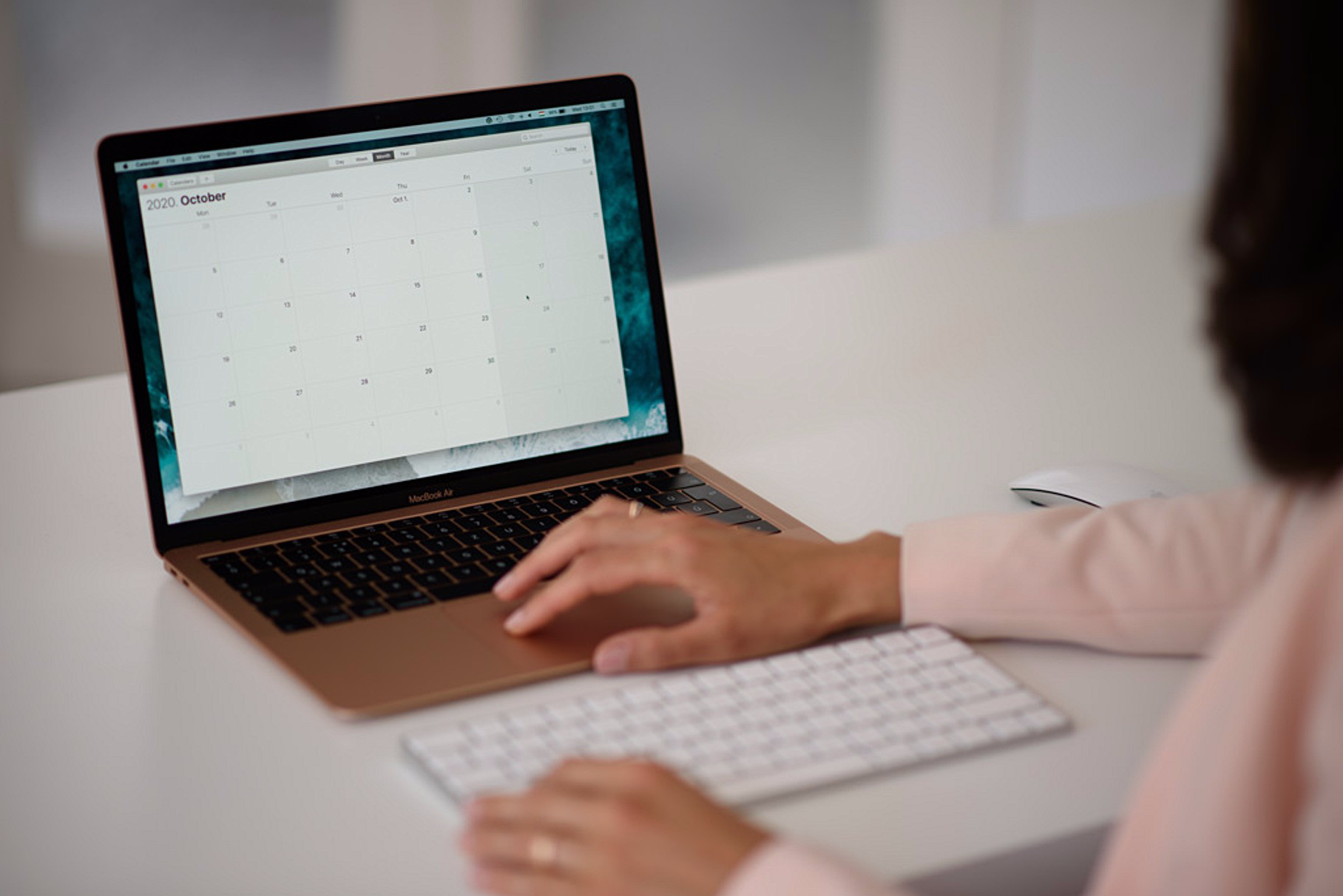All about Paper A
Paper A Basics
Length: 4 hrs. (used to be 3.5 hrs.)
Candidates may take unscheduled breaks. Further instructions relating to taking unscheduled breaks are laid down in the Instructions to candidates concerning the conduct of the EQE. It should be noted, however, that the exam clock will continue to run during unscheduled breaks, i.e. the examination will not be stopped.
Start time: 9:30 CET (5 March 2026)
Topic: Drafting claims and the introductory part of a patent application.
(Since 2017, there is no mechanical and chemical paper A.)
Marks: 100 points, from which the independent claims are worth about 60-75 marks and are therefore crucial for passing this paper. The introductory part is worth around 15 marks. Dependent claims are each worth 1-3 marks.
Documents that you get as part of Paper A: Client’s letter and prior art. (2-3 prior art documents are described in Paper A that you have to take into account. A prior art can also be described at the beginning of the client’s letter. The claims you hand in must be novel and inventive over the prior art, see below.)
Documents that can be printed: Prior-art documents and the drawings of the application, but not the letter of the applicant. The documents allowed for printing will be made available at the latest ten minutes before the start of the examination.
Your own knowledge must not be used. Everything (definitions, etc.) required to pass the Paper will be described in the client’s letter or in the prior art documents provided.
Most popular:
Recently recorded:
With the purchase, you will obtain the
video (1 hr. 13 minutes),
copy of the analysis, independent product claim and a few dependent claims,
annotated exam text,
Paper A methodology steps, and
Paper A template.
Essential edition:
Paper A study materials
With the purchase, you will obtain 3 videos (mp4 files) and 6 PDF documents:
Introduction video (and PDF slides)
Methodology video (and PDF slides)
Paper A template (PDF document)
Steps of methodology (PDF document)
Analysis video of 2018 Paper A (ca. 3 hrs. long)
Written answer of 2018 Paper A (PDF document)
Annotated text of 2018 Paper A (PDF document)
In 2022, I arranged a few group sessions in order to show candidates my method for the electronic EQE in real-time. I was writing the exams on screen as if it was my EQE, but I also narrated and explained the steps I followed.
With the screen sharing option in Zoom, I showed what tables and templates I used, and how I wrote my answer electronically at the EQE. Since I took (and passed) the first electronic EQE, my method was perfectly suitable for WISEflow.
With the purchase, you will obtain:
the recording of the meeting (about 3 hrs.), and
the copy of the answer I wrote during the exam.
In this online course, I explain the basics of the exam, the methodology in general and analyse and answer an old exam on screen. You can see how I approach the exam, (how I sometimes struggle :)), what template I use, and how I write my answer electronically. Since I took (and passed) the first electronic EQE, my method is perfectly suitable for WISEflow. My method can be done exclusively on the screen, without any additional tables.
With the purchase, you will obtain 4 videos (mp4 files) and 8 PDF documents:
Introduction video (and PDF slides)
Methodology video (and PDF slides)
Paper A template (PDF document)
Steps of methodology (PDF document)
Analysis video of 2018 Paper A (ca. 3 hrs. long)
Written answer of 2018 Paper A (PDF document)
Annotated text of 2018 Paper A (PDF document)
Analysis video of 2024 Paper A (ca. 3 hrs. long)
Written answer of 2024 Paper A (PDF document)
Annotated text of 2024 Paper A (PDF document)
With the purchase, you will obtain 3 videos (mp4 files) and 6 PDF documents:
Introduction video (and PDF slides)
Methodology video (and PDF slides)
Paper A template (PDF document)
Steps of methodology (PDF document)
Analysis video of 2024 Paper A (ca. 3 hrs. long)
Written answer of 2024 Paper A (PDF document)
Annotated text of 2024 Paper A (PDF document)
In 2022, I arranged a few group sessions in order to show candidates my method for the electronic EQE in real-time. I was writing the exams on screen as if it was my EQE, but I also narrated and explained the steps I followed.
With the screen sharing option in Zoom, I showed what tables and templates I used, and how I wrote my answer electronically at the EQE. Since I took (and passed) the first electronic EQE, my method was perfectly suitable for WISEflow.
With the purchase, you will obtain:
the recording of the meeting (about 2 hrs 30 min.), and
the copy of the answer I wrote during the exam.
How to deal with Paper A?
Claims
You should draft 15 claims. The claims above 15 will not be marked. If you draft less, you lose valuable points.
The drafted claims must:
be novel,
If a claim is obviously not novel over the prior art provided in the Paper, it might be that you get no marks for that claim at all.be inventive,
If a claim is not inventive, you can lose 50% or more of the available marks, which can even reach 30 marks for an independent claim.be clear,
For each clarity problem you can lose some points. Altogether, lack of clarity can lose you up to about 50 percent of the marks available for that claim.be unitary,
include all essential features,
If you don’t add an essential feature to the independent claim, the claim will be heavily penalised. These features are usually described by the client with words like “must”, “is” “involves”, “has”, “required”, etc. The optional features are usually described by the client with words like “may”, “might”, “can”, “preferred”still be as broad as possible,
Major unnecessary limitations will cost you a lot (50-75% of the available marks for a claim can be deducted), while minor unnecessary limitations are generally penalised less severely (33-40% of the marks can be lost).cover all embodiments mentioned by the client,
All embodiments described by the client have to be covered by the independent claims as a whole, it usually must be done via a single independent product claim. (A good practice for this is 2013 Paper A E/M). Best fall-back positions and the products that the client wants to commercialise should be in dependent claims. Usually, the embodiments illustrated in the Figs. should also be defined in dependent claims.have correct dependencies.
Do not always refer back only to claim 1, and do not simply refer back always to “any of preceding claims”. In Paper A, there are always features that cannot work together, so you have to be careful with the dependencies.
The goal is to provide the best possible scope of protection for the client that is also novel and inventive. For the EQE, we have to draft a claim that could go through to grant; not the type of claim we draft for clients in real life. We also have to follow the client’s wish, you will be told what they wish to protect (or sell, etc.).
You cannot get minus points for a claim in total. However, you can get minus points for lack of novelty or unclear terms.
In the new type of mixed Paper A (since 2017), using two-part form is not a must as long as you state in the introductory part how your claim differs from D1 and D2.
Do not create new terms for the invention. You can simply copy (literally copy - Hurrah online EQE!) the expressions from the client’s letter. Really, there is no need for thinking of new names for the features, you will not only lose time but confuse the person who corrects your Paper.
Also, look for language in the client’s letter that looks like a claim (“we are thinking of a method of manufacturing our device…”), you might be able to use it.
And finally, do not overcomplicate the claims. Each word in excess of the minimum necessary could lose marks, and also makes it more difficult to mark your claim.
Introductory part of description
Shortly describe (many sentences you can simply copy and paste from the client’s letter):
Technical field
Background
Prior art: D1 + disadvantage of D1 (comparing to our invention)
D2 + disadvantage of D2 (comparing to our invention)
Problem solved by our invention, pointing to our independent claims
According to these independent claims... - more details of the invention according to the independent claim
A short reference to the dependent claims (another advantageous embodiments...)
Summary
Paper A is probably the most “simple” (if we can use this word for any EQE exams) EQE exam, where time is not a huge issue. However, you will notice in the Examiner’s report that mistakes can cost a lot, every unnecessary limitation may cost you 5-10 marks, bigger mistakes even more, like 15-35 marks. So, it is very simple to lose many marks in Paper A.
If you find yourself thinking about adding another feature to claim 1, because you are not sure if your claim is novel, you should add the feature, since an unnecessary limitation costs you less marks comparing to what you can lose if your claim is not novel.
Thank you for your support and kind words!
“I want to thank you again for your video classes, which perfectly suited my preparation for the EQE exams and made a good contribution to my success.
Presenting in a nicely structured way how you approach an exam, with just the right amount of clear explanations, was an excellent method for me and felt very natural for learning.
The video format is fantastic, allowing to rewatch parts or the entire paper, skip sections already understood, and watch at times that fit my schedule, family life and energy levels, even if sometimes a bit unusual.
A huge thank you - I have passed all four papers on my first try in 2025🥳 with a methodology deeply inspired by your video classes 🤗.”
Sabine
“I am writing to you to say THANK YOU!!! I passed paper A with 78 points!🎉🎉🎉🎉
I couldn't have done it without your course 💜💜
Many, many thanks for all the material you prepare for EQE candidates!”
“I’ve successfully passed all four EQE papers on my first attempt! 🥳🥳🥳
I just wanted to thank you again for your great help and all the material you created and shared. In addition to your Paper D1 and D2 study groups, I also used your A and B methodology and found the C video also very helpful.”
“I bought your paper A courses, followed you method, and finally passed it!
This was my third attempt for paper A. I am now officially qualified!
Thank you very much! I have already recommended your courses to my colleagues!”
“Fillun Your recordings are indeed very helpful. Highly recommend watching Fillun's recordings for A, B and D!”
Daphne
“I just wanted say a big thank you! I purchased your A, B, D video courses and found your methods and tips super helpful! (I passed those 3 exams :))
Keep up the good work!”











This post has been created for first-time EQE candidates. I have asked EQE-qualified attorneys:
- Is there something you wish someone had told you when you started preparing for the main exams?
- What’s one piece of advice you’d give to someone sitting the EQE for the first time?
Then I have compiled all the tips into this one comprehensive blog post.